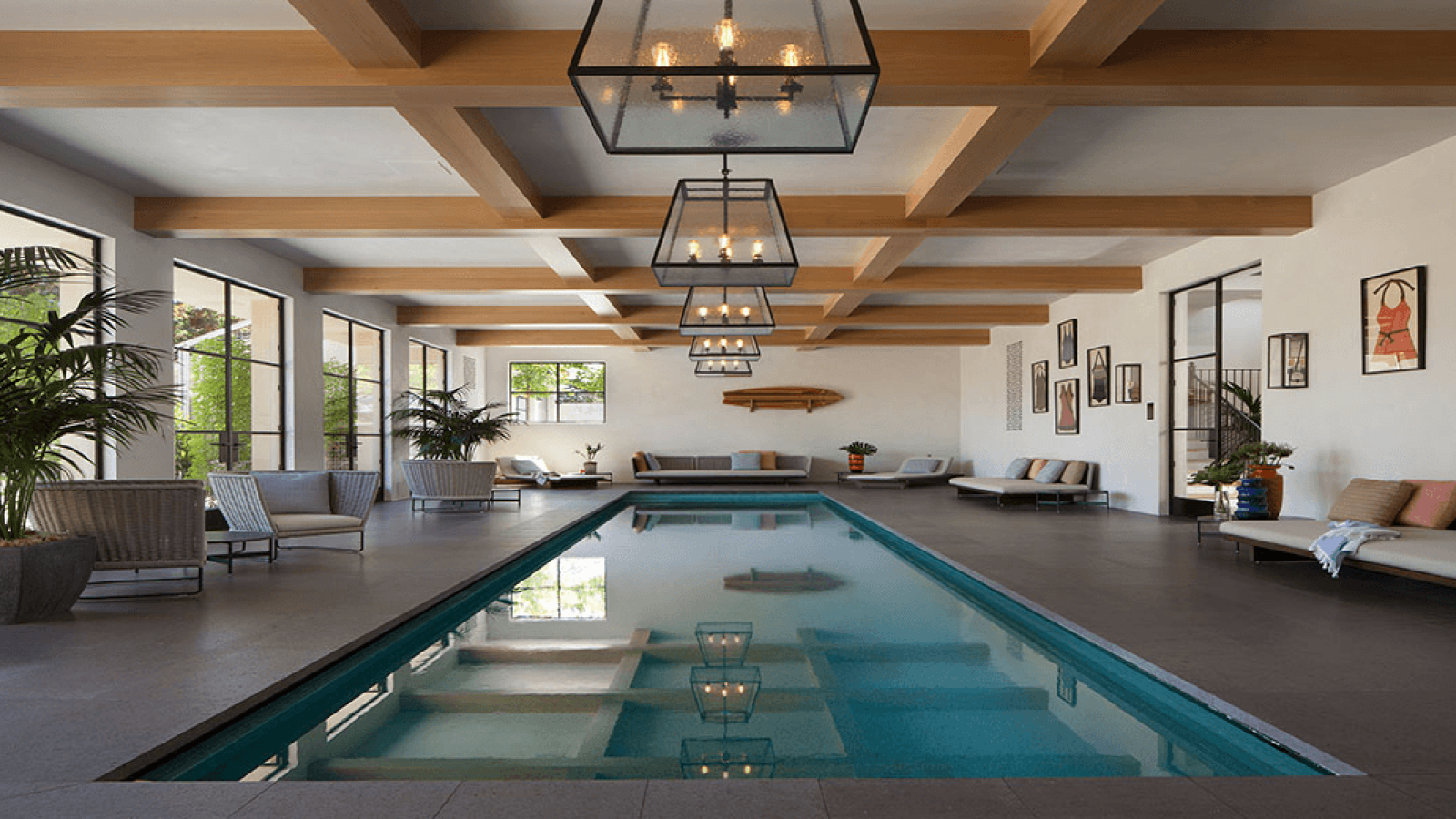Residential interior design is all about creating a living space that is both stylish and functional, and that reflects your personal style and taste. Whether you’re designing a new home from scratch or updating an existing space, there are a few key principles to keep in mind. Here’s what you need to know about residential interior design.
- Understand Your Personal Style The first step in any residential interior design project is to understand your personal style. This will guide all of your design decisions, from color schemes to furnishings to lighting. Take some time to explore different design styles and aesthetics, and think about which ones resonate with you the most.
- Consider Your Lifestyle Your lifestyle should also play a role in your residential interior design choices. Consider factors such as your daily routines, your hobbies and interests, and your family’s needs. This will help you to create a space that is both functional and enjoyable to live in.
- Focus on Functionality Residential interior design should always prioritize functionality over aesthetics. Make sure that your space is designed to meet your practical needs, with adequate storage, comfortable seating, and well-placed lighting. This will ensure that your space is not only beautiful, but also livable.
- Incorporate Color and Texture Color and texture are key elements of residential interior design, as they can add visual interest and personality to your space. Consider using a variety of textures, such as natural fibers, metals, and woods, to add depth and richness to your design. And don’t be afraid to experiment with color, whether through paint, upholstery, or accessories.
- Layer Lighting Lighting is an essential element of residential interior design, as it can set the mood and highlight key features of your space. Make sure that your lighting is layered, with a mix of ambient, task, and accent lighting to create a variety of moods and atmospheres.
- Create a Cohesive Design Finally, residential interior design should create a cohesive design that ties together all of the elements of your space. This can be achieved through the use of color, texture, lighting, and furnishings that all work together to create a harmonious and inviting environment.
In conclusion, residential interior design is all about creating a living space that is both beautiful and functional, and that reflects your personal style and taste. By considering your personal style, lifestyle, and practical needs, and by incorporating color, texture, lighting, and cohesive design principles, you can create a space that truly feels like home.

